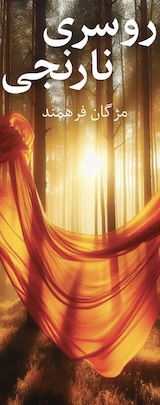The New Yorker:
The scholar Homa Hoodfar discusses the current protests and the complicated politics behind the hijab.
By Isaac Chotiner
For the past two months, following the detention and death of Mahsa Amini, a twenty-two-year-old Kurdish Iranian woman, protests have shaken the Islamic Republic of Iran. The regime of Ayatollah Khamenei has so far been unable to stamp out the dissent, which has focussed particularly on the fact that women in Iran are forced to wear a covering for their hair. (Amini was arrested for apparently revealing too much of hers.) To talk about the state of the protest movement, and the fissures in Iranian society, I recently spoke by phone with the anthropologist Homa Hoodfar, a professor emerita at Concordia University in Montreal. Her work has ranged across Afghanistan, Pakistan, Egypt, and Iran, with a special focus on the place of women in Muslim societies, and on the politics of the veil. (In 2016, Hoodfar, who was born in Iran, spent more than three months in jail there after authorities arrested her for “dabbling in feminism.”)
Our conversation, edited for length and clarity, is below. We discussed what is unique about the recent protests in Iran, what her experience in prison taught her about the Iranian regime, and how a theocratic government may have inadvertently weakened the connection between Iranians and Islam.
Go to link










Comments